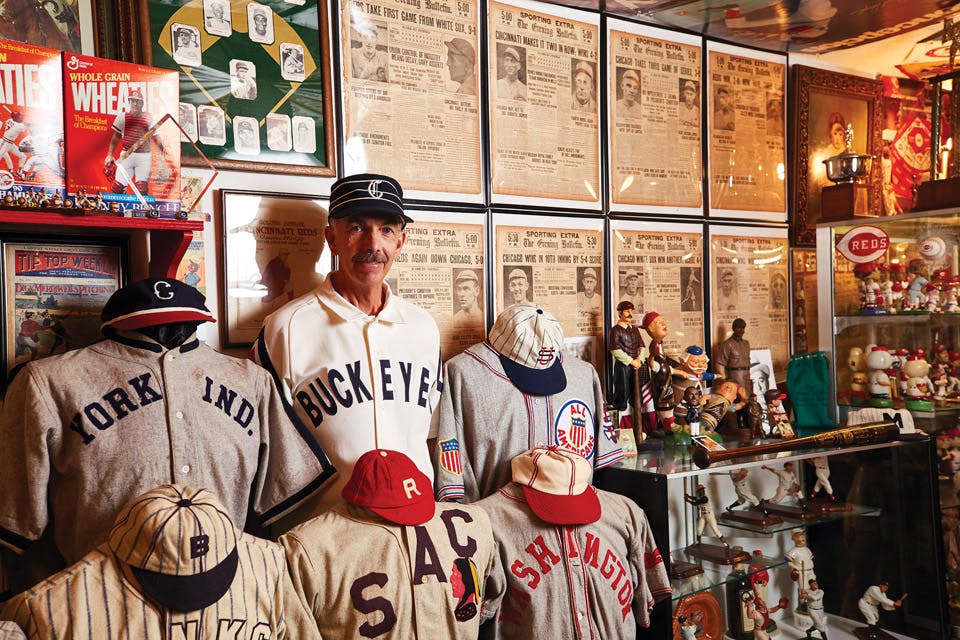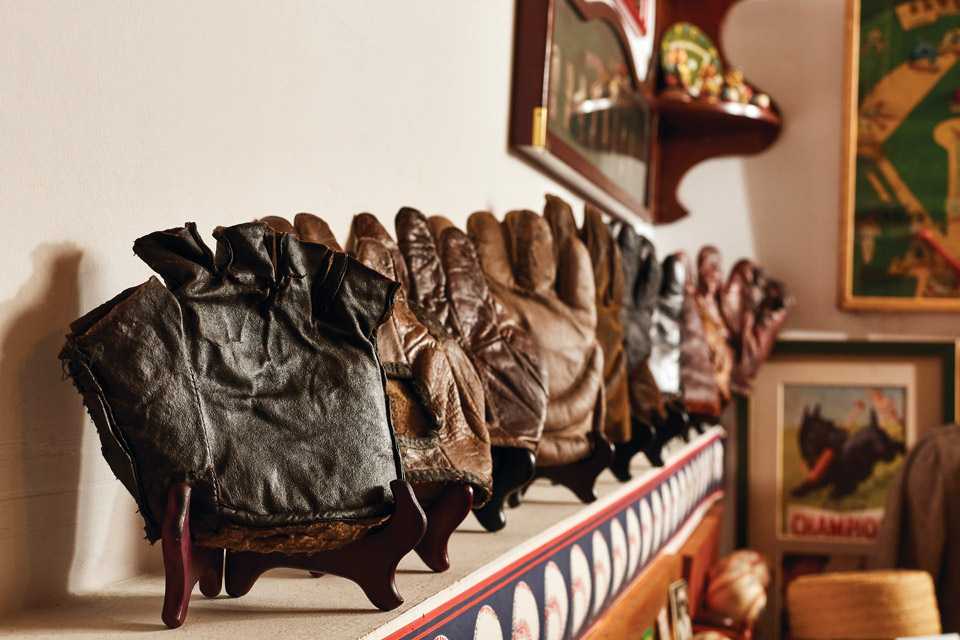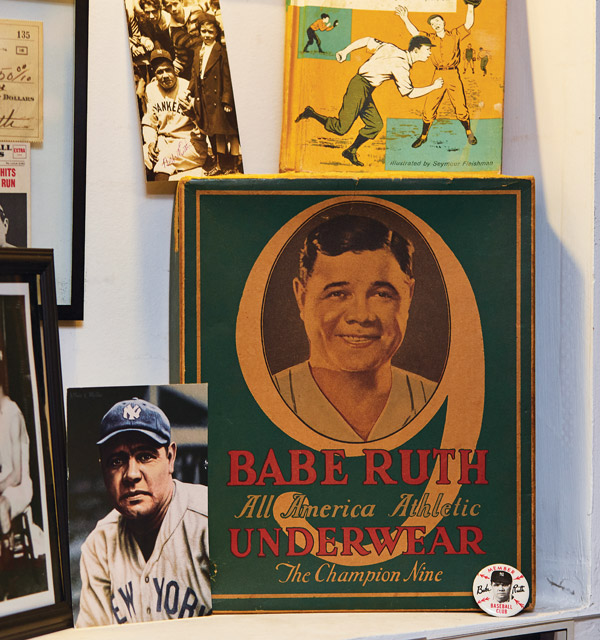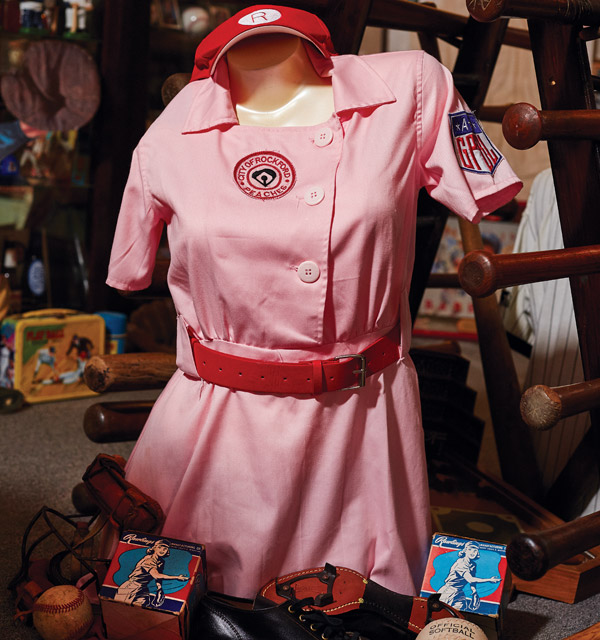Ohio Life
Meet the Ohio Man With a Vintage Baseball Museum in His Basement
Filled with 3,000 authentic artifacts stretching back to the game’s earliest days, Tracy Martin’s private collection pays tribute to the evolution of America’s pastime.
Related Articles

See Baseball Played 1860s Style at This Ohio Festival
Experience America’s game the old-fashioned way, complete with period-appropriate uniforms and no gloves. READ MORE >>
_1931_recto.jpg?sfvrsn=ba89a038_6&w=960&auto=compress%2cformat)
The Ohio Town that Baseball Legend Cy Young Called Home
Cy Young’s name is synonymous with Major League Baseball’s most dominant pitchers. He was born in Tuscarawas County in 1867, and he lived there both during and after his career in the big leagues. READ MORE >>
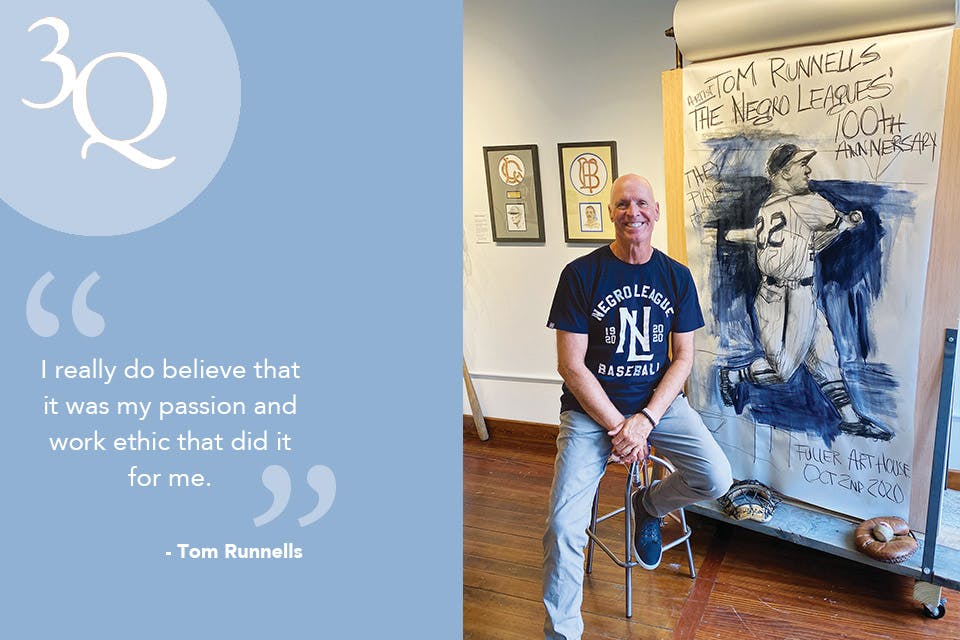
Tom Runnells Turns His Passion for Baseball Into Art
The former Major League Baseball player, manager and coach turns old baseballs into works of art. READ MORE >>


